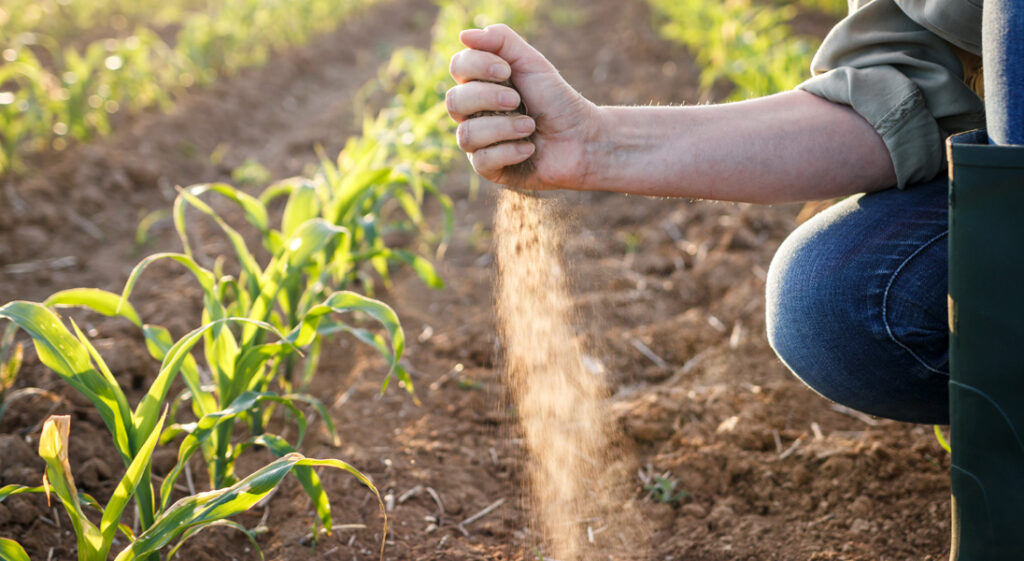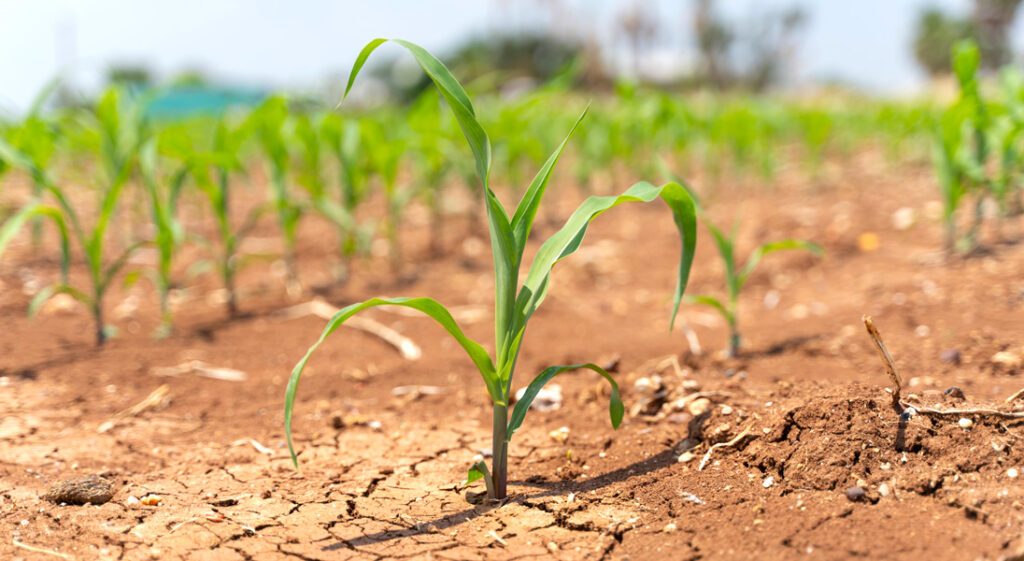Phytoremediation and Maxstim: How biostimulants can help reduce environmental contaminants
Insight

Environmental pollution is a pressing issue, and one that greatly affects the agricultural industry.
We’ve previously written about this, focusing on problems associated with the overuse of fertilisers and the alarming degradation of soil health. Practical and effective solutions to remedy the destruction of the environment and depleting necessary natural resources need to be prioritised. One technique that is receiving particular attention is phytoremediation.
What is phytoremediation?
Phytoremediation is a biological based technique that works with the ability of plants to decontaminate the environment, including the air, soil and water. Currently it is an emerging technology, but one that is already displaying the following benefits:
- eco-friendly
- effective
- relatively cheap
- non-invasive
- can be used to remove multiple pollutants at once
- reduces soil erosion
- contributes to carbon sequestering
There are multiple techniques for phytoremediation to work.
One is phytoextraction: the ability of some plants to absorb a contaminant in the root and bring it into plant tissues that are above ground and therefore out of the soil.
Another example is phytostabilisation, during which plants can immobilise the contaminant in the rhizosphere, and therefore reduce its bioavailability in the soil. This prevents it from getting into other organisms through water contamination or through consumption.
How can Maxstim biostimulant formulations help?
Biostimulants can make phytoremediation even more effective.
Maxstim has generated a large amount of significant data demonstrating that there are a number of beneficial effects of incorporating complex biostimulants into a growing regime, such as:
- increased quantity and quality of yield
- faster development of more substantial root mass
- improvement of plant nutrient acquisition
- decreased need for fertilisers and additional harmful inputs
- boosts surrounding soil health
- improves plant resilience to stress
All of these positive outcomes are strengthening the plant, reducing the negative effect that pollutants will have on it, and enhancing phytoremediation performance.
Phytoremediation technology can be a slow and sometimes ineffective way to tackle pollution on such a large scale. However, when used in conjunction with Maxstim complex biostimulants, this could significantly bolster the outcomes and enhance a plant’s ability to remove contaminants from the environment.
For an obligation-free chat, contact one of our experts.
Tim Cannon
Email: tim.cannon@maxstim.com
Mobile: 07884 586191
Phil Kingsmill
Email: phil.kingsmill@maxstim.com
Mobile: 07860 269996
Tony Kelly
Email: tony.kelly@maxstim.com
Mobile: 07974 435417

